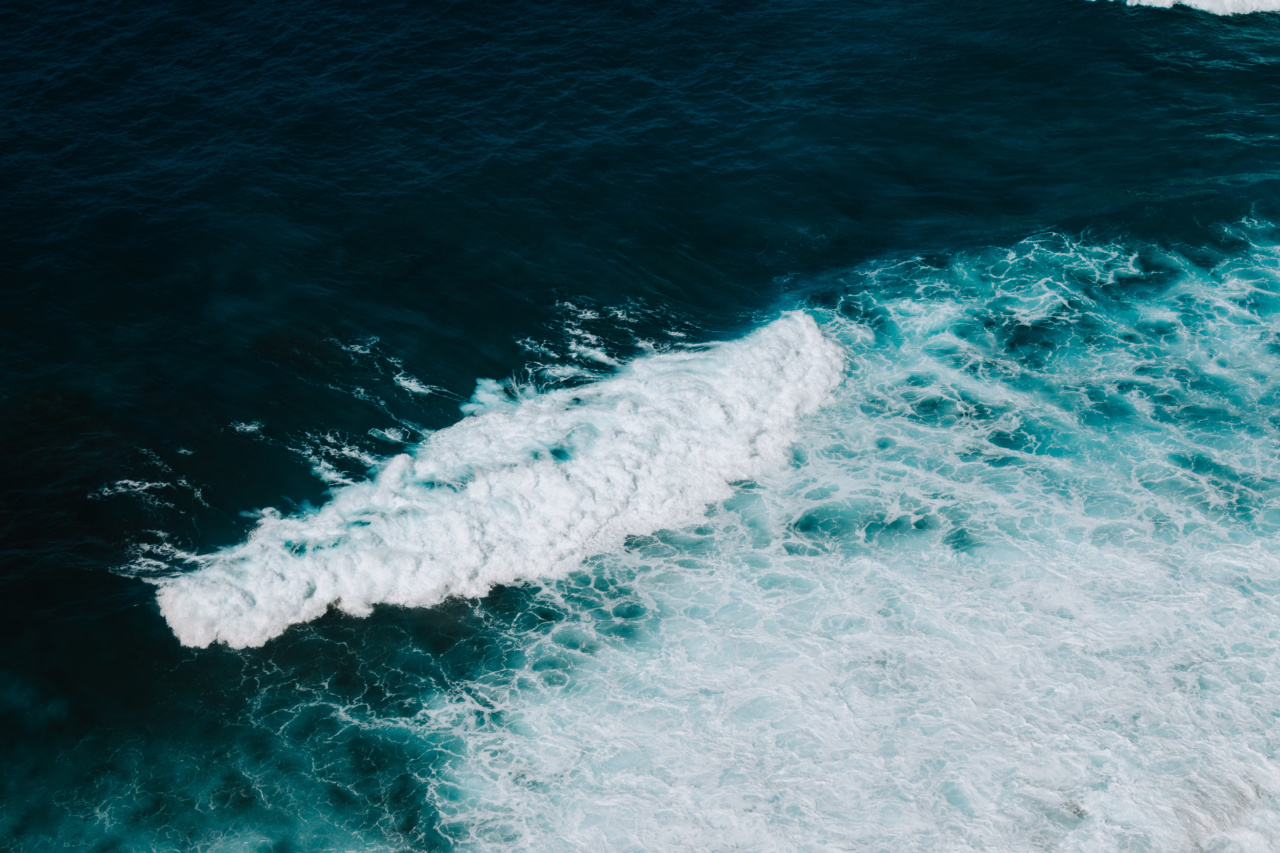Water allergies, also known as aquagenic urticaria, are a rare condition where the skin reacts to contact with water. This peculiar condition might seem implausible, as water is considered a basic necessity for life.
However, for those who suffer from water allergies, even simple tasks like taking a shower or drinking water can trigger uncomfortable symptoms.
Understanding Aquagenic Urticaria
Aquagenic urticaria is a dermatological condition that falls under the umbrella term of physical urticarias – a set of allergic reactions triggered by external stimuli.
While other physical urticarias are caused by factors like heat, cold, sunlight, or pressure, aquagenic urticaria specifically results from contact with water.
Symptoms of aquagenic urticaria typically include redness, hives, itching, and a burning sensation on the skin. These symptoms typically appear within a few minutes after contact with water and may persist for up to a couple of hours.
In severe cases, the symptoms can be more long-lasting and intense.
It is still unclear what exactly causes aquagenic urticaria.
Some scientists believe it may be an immune system response to certain substances present in the water, while others think it could be a reaction to the temperature change caused by the water coming into contact with the skin. More research is needed to fully understand the underlying mechanisms of this condition.
Diagnosing Water Allergies
Diagnosing aquagenic urticaria can be challenging because it is such a rare condition. A dermatologist may perform a series of tests to rule out other possible causes of the symptoms.
This can involve conducting a water immersion test, where a small area of the skin is exposed to water, and observing any reaction that occurs. Additionally, a patch test can be used to determine if certain substances present in the water are causing the allergic response.
Managing Aquagenic Urticaria
Unfortunately, there is no cure for aquagenic urticaria. However, there are several measures that individuals with this condition can take to manage their symptoms:.
Avoiding Triggers
Identifying and avoiding triggers is crucial for individuals with water allergies. This may involve using alternative methods for bathing or showering, such as using dry shampoos or taking quick lukewarm baths instead of lengthy showers.
Some people find relief by using specific types of water, such as distilled or filtered water.
Protective Measures
Protecting the skin from direct contact with water can help alleviate symptoms. For example, wearing gloves while washing dishes or using a barrier cream before swimming or bathing may create a protective layer that reduces the allergic reaction.
Antihistamines
Antihistamines are typically used to treat allergic reactions and can help alleviate the symptoms of aquagenic urticaria. These medications work by blocking the release of histamine, a chemical responsible for causing inflammation and itching.
Immunosuppressants
In severe cases, where antihistamines alone are insufficient, doctors may prescribe immunosuppressant medications. These drugs help suppress the immune response and reduce the allergic reaction.
Supportive Therapies
Supportive therapies such as applying cold compresses to the affected areas or using soothing lotions may provide temporary relief from the symptoms of aquagenic urticaria.
Coping with the Emotional Impact
Living with a rare condition like aquagenic urticaria can be emotionally challenging.
It is essential for individuals with water allergies to seek support from healthcare professionals, support groups, or counseling services to cope with the emotional impact of this condition.
Conclusion
While water allergies may sound like a myth, aquagenic urticaria is a real and debilitating condition.
Although there is no known cure, through careful management and lifestyle adjustments, individuals with this rare condition can alleviate their symptoms and improve their quality of life.































